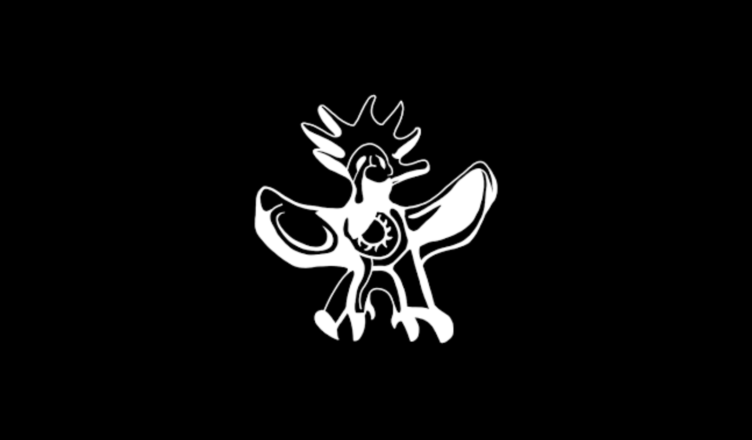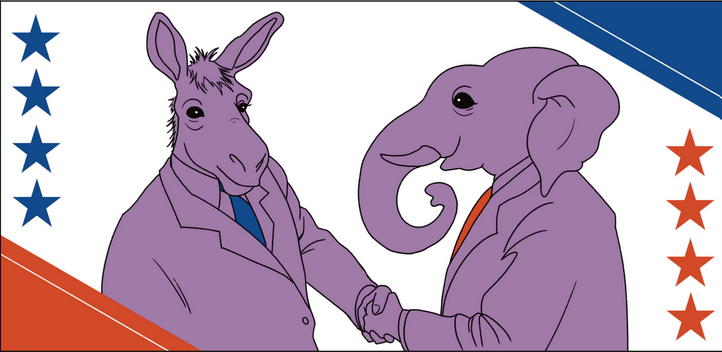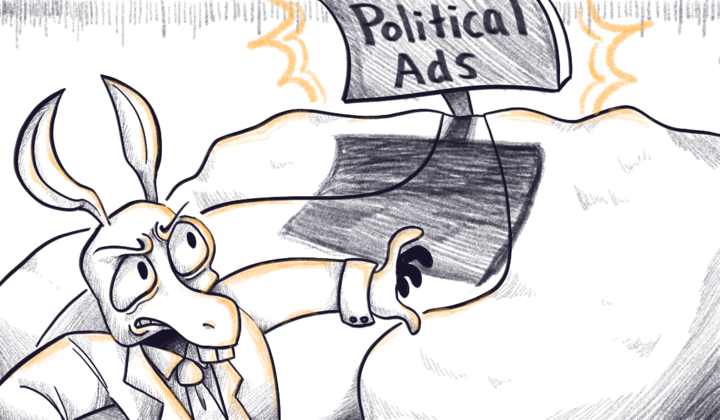The difficulty of finding people with mutual interests has stood the test of time, but in a virtual community such as online gaming, someone can immediately find people who share similar interests and preferences. The new technology that emerged in the early 2000s and the introduction of home gaming consoles opened up a market for online users to interact with millions of other people around the world, and thus a new community was born. However, agressive online behavior in the community has given it a reputation for being misogynistic and hostile.
Gaming communities are by no means identical; they are extremely multifaceted, reflecting a diverse population and its equally diverse interests. This culture has grown from friends playing “Pac-Man” in an arcade to a global community that is alive 24/7 playing its favorite games and chatting with adversaries. However, what has not changed is the male-dominated gaming culture which excludes those who could threaten it, especially women. Some men perceive the gaming world as a virtual “locker room,” and when women participate, it threatens the “not PC” discourse they enjoy. From this pervasive misogyny in how women are treated and portrayed in gaming circles to the macho aggression that many gamers expel, gaming communities have progressively become hostile outlets for hatred.
However, what has not changed is the male-dominated gaming culture which excludes those who could threaten it, especially women.
The casual sexism in gaming culture exists in many forms and has been present since at least the 1990s with the advent of “Lara Croft: Tomb Raider” and her cartoonish levels of objectification. In order to increase sales, game creators increased her sex appeal. Even today, the women portrayed in video games are still very sexualized and assume secondary roles with very few made the protagonist. The advertising toward the straight male’s gaze decreases the appeal of playing such games for some women, contributing to the the smaller proportion of women present in gaming circles. This compounds with the amount of sexual harassment and abuse that women are subjected to on online gaming threads. Those who spew misogynistic and sexist comments are called “griefers,” who target women and create a very unhealthy environment for them. Even though these female gamers might have the same wants and interests when gaming online, they can therefore be compelled to choose a male avatar to avoid this unwarranted harassment. The lack of targeted advertising to women, in addition to rape jokes and other toxic and sexist language, cause women to avoid such a type of escapism and to pursue other forms of similar leisure.
Aggression and harassment online can take the form of homophobic, racist, as well as sexist remarks. Given this fact, how could gaming be a positive form of stress relief, when the participants are displaying this aggressive and hostile behavior? “Raging” is a consistent phenomena across most types of gaming communities, but depending on the different communities, the types of raging can vary as well. Research has suggested, that the players are not inherently aggressive nor does the imagery of a game lead to hostility, but rather the lack of mastery causes the player frustration. Isolation can influence how a player rages, and guarded by an online name which masks one’s true identity, can lead to hate. If a gamer is continuously beaten by their opponent it opens the door for antagonism and thus harassment.
Therefore, the gaming culture is portrayed and seen by others as an inherently aggressive and hostile and has instigated many scientific studies to ascertain whether there is a link between this gaming behavior and aggressive behavior found in criminals. These studies consistently found that feelings of failure and incompetence, not the violent content in video games, foster aggression. Their level of hostility when playing “Angry Birds” and “World of Warcraft” are the same. Therefore, gaming is not the cause of aggression, just like any other type of community, there will be people who express their frustration in different ways. If there is a medium that monitors this negativity, then it would only increase the number of users and become a positive source of interaction.
Online gaming is a shared experience that doesn’t have to occur only online. There are numerous conferences and forums that bring different gamer communities together to create a diverse culture. Gaming communities could be a potential source of empowerment, if they become more inclusive and accepting of women, in addition to limiting the amount of hate expelled online.








